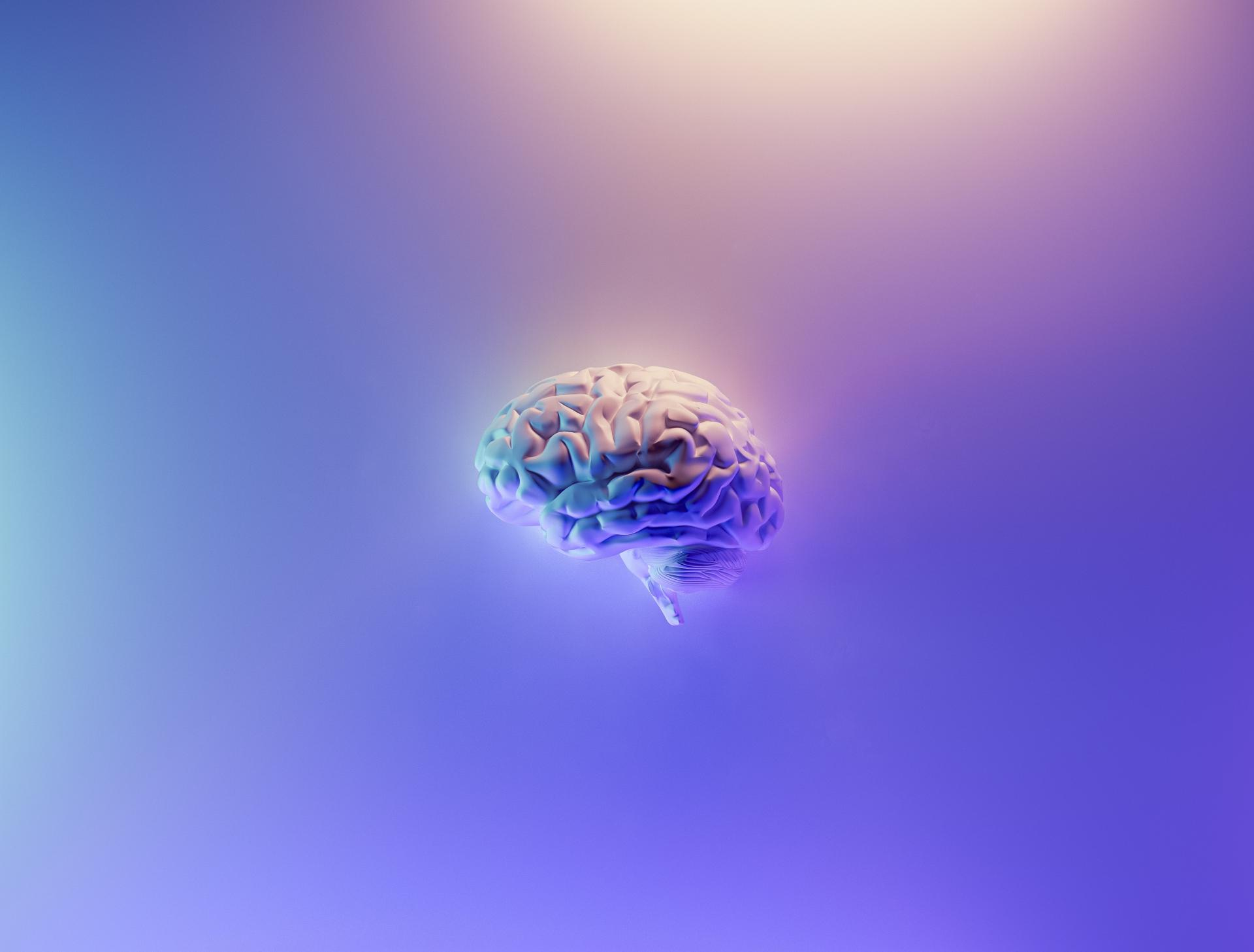TECHNOLOGY
Research Papers
Research Papers
20. Cerebral cortex = microcurrent (signal modulation)
1. The cerebral cortex is made up of cells.
The cerebral cortex is a gray matter structure located outside the brain and covering the surface of the brain.
The cerebral cortex is a very important area that is responsible for various brain functions such as human thinking, cognition, sensation, motor control, and language.
The cerebral cortex is made up of numerous nerve cells, and these nerve cells are connected to each other to form a very complex circuit.
The nerve cells of the cerebral cortex are also called neurons, and each neuron is made up of structures such as dendrites, axons, and synapses.
Neurons are connected to each other to process and transmit information, and the information is transmitted in the form of electrical signals.
When a neuron receives an electrical signal, it processes it through its dendrites and then transmits it to another neuron through its axon.
The activity of these nerve cells causes various information to be processed in the cerebral cortex, and human cognitive abilities and behaviors are determined.
2. Cells have polarity.
Cells, which are surrounded by a thin membrane called the cell membrane, are electrically polarized,
because the cell membrane separates protons and negatives.
The cell membrane surrounds cells, which are the basic units of all living organisms, including human cells,
and is responsible for essential functions for carrying out life activities such as cognitive abilities.
The cell membrane also plays an important role in human nerve cells.
In nerve cells, electrical signals are transmitted through the cell membrane, which greatly affects how the brain and nervous system work.
The cell membrane is made of fat and protein, and the fat molecules form polarity by separating protons and negatives.
This polarity maintains chemical differences between the inside and outside of the cell,
and allows necessary substances or electrical signals to pass freely.

Photo: Milad Fakurian on Unsplash
3. tDCS stimulates cells through microcurrents.
tDCS stands for "transcranial direct current stimulation,"
a noninvasive brain stimulation method that safely delivers microcurrents directly to the brain to regulate cellular activity.
tDCS works by placing electrodes and passing currents through them to change cellular activity within the brain.
In this process, the electrical signals induce the movement of ions within brain tissue, creating differences in their concentrations.
This movement of ions lowers or raises the threshold for neuronal activity, which has the effect of promoting or inhibiting cellular activity in the brain.
tDCS has been applied to treat a variety of diseases, including stroke, depression, pain, and brain damage,
and has recently been studied in areas such as cognitive enhancement.
4. tDCS is delivered in the cerebral cortex.
The electrodes used in tDCS are attached to the surface of the cerebral cortex,
and the current passes through the cerebral cortex and is transmitted into the brain.
tDCS is a non-invasive brain stimulation method that directly transmits current to control cell activity in the cerebral cortex.
tDCS can stimulate various parts of the brain depending on the size and location of the electrode.
Generally, the electrodes are attached to the surface of the cerebral cortex, and the stimulation intensity and location are determined by the size and location of the electrodes.
In addition, since the stimulation effect of tDCS varies depending on the direction of the current, the direction of the electrodes is also an important factor.
The size, location, and direction of the electrodes can be adjusted in various ways depending on the detailed research.
Generally, tDCS stimulates the surface of the cerebral cortex using a current of several milliamps.
Most studies show that tDCS works effectively in the cerebral cortex,
and can have a positive effect on brain function and performance.
- Old post
- 19. Safety of tDCS





